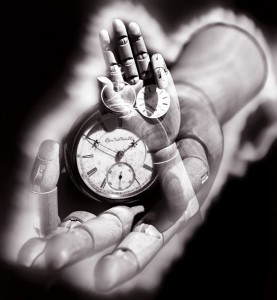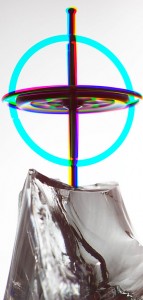
Shot 0
According to dashboard this is the fiftieth issue of this blog. Imagine my overwhelming enthusiasm, or not. Of course the problem with blogging is that you never know if anyone is reading. Which is related to problems with photography and teaching: is there anyone out there? I was talking to a paper conservator this week, she works on photographs and illuminated documents and works on paper, really cool stuff. Although she has done a lot of teaching, or maybe because she has done so much teaching, she is really disillusioned with students. I often have a similar problem with my classes. Of course the problem is not as visible, because I teach on-line. So I don’t see students falling asleep. But I do see assignments that are poorly done, and I notice students who just don’t respond.

Shot 2
I
I_think it is helpful to break learning down into three levels. The first is awareness. If I take a class or read an article the first thing I ask myself about information is: will I use this? I may find out about a fabulous technique, but I have no intention to use it anytime soon. For instance there are lots of things in Photoshop that are really great, but of no use for my work. The same thing is true about methods of alternative printing. I am aware of gravure printing, but I have no plans to do it. When I encounter information for something I’m aware of my first concern is does it change my view of the usefulness of this process or tool. It is pretty rare that a new piece of information changes my evaluation of something. The second level is knowledge, at this level I’ve decided that I want and NEED to know about something. To get the knowledge. I will pay attention, maybe take notes. Certainly I will ask questions. One of the good parts of on-line classes is that you can ask questions at any time, even three a.m. Knowledge is a very important possession for any human: people are often judged by their knowledge.

Shot 3
With many sorts of things knowledge is enough. So if you have knowledge of plant biology that may be all you need to teach plant biology. However, with most things it isn’t enough. For instance knowledge of plant biology probably isn’t enough to be a profitable farmer. Would you like to fly in a plane with a pilot who just has knowledge of flying a plane? The most important level of

Shot 4
knowing, for most things, is experience. That is especially true for photography. It is very hard for people to get this idea, because the manufacturers go to great lengths to tell you it is a matter of pushing buttons. There may be an automatic feature on you camera and strobes that will allow you to balance two dedicated strobes, but doesn’t it automatically place these strobes. Or tell you how to create the quality of light you want. It only helps with quantity of light.
I provide my students with a plan for a lighting laboratory. It costs about $20. You can begin to get experience in this
environment: learning practical things about quality and placement. It saddens me that most of my students either don’t use the lab, or use it just enough to do a minimum level assignment. Just like you can’t achieve mastery of flight without practice, you really won’t become a master of light without practice. There is no button to push to make good light. Consider another analogy I use: playing music. Playing a keyboard instrument is not that different from typing, you start by knowing which key makes a note or a letter. I wouldn’t pay to listen to the music of a pianist who knows where the notes are, but I would pay to listen to a pianist with experience, subtlety and grace.
This week I attached shots that show the evolution of a recent image. Shot 0 is the first capture. Keep in mind that I had already set up a couple of lights. In shots 1 and 2, I refined the placement of the lights and changed some aspects of the room. Shot three is the final capture. Shot 4 shows the changes made in Adobe RAW and shot 5 is the final image after work in Photoshop. You can click on shot 5 for a larger image.
I teach a class in commercial photography , as well as classes in lighting and portraiture at BetterPhoto.com. I hope you will check out the classes soon. My first book: Understanding and Controlling Strobe Lighting: A Guide for Digital Photographers will be published in the fall you can pre-order it. I have a new magazine article coming out in September about strobe power. You can see it in Photo Technique Magazine.
Thanks, John







 One way to understand photography is as a way of communicating. So I could tell you about a spark plug, but if I show you the spark plug you know more. The plug could be from an engine, and then someone who knows cars could tell you the car is running rich. From just a picture of the plug. I could tell you a story with a picture, or I could give you an image that communicates like a poem. We can use photographs to communicate about facts, things actions, ideas and emotions. What a wonderful medium.
One way to understand photography is as a way of communicating. So I could tell you about a spark plug, but if I show you the spark plug you know more. The plug could be from an engine, and then someone who knows cars could tell you the car is running rich. From just a picture of the plug. I could tell you a story with a picture, or I could give you an image that communicates like a poem. We can use photographs to communicate about facts, things actions, ideas and emotions. What a wonderful medium.